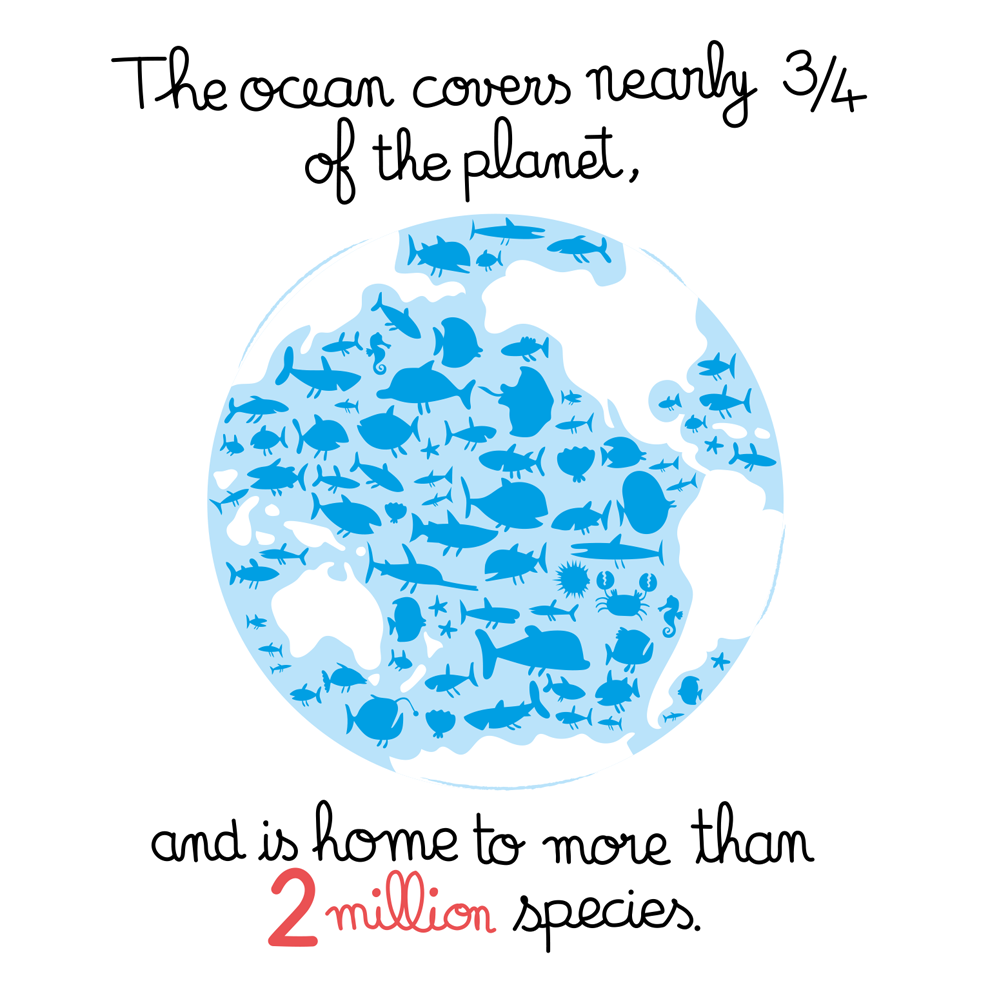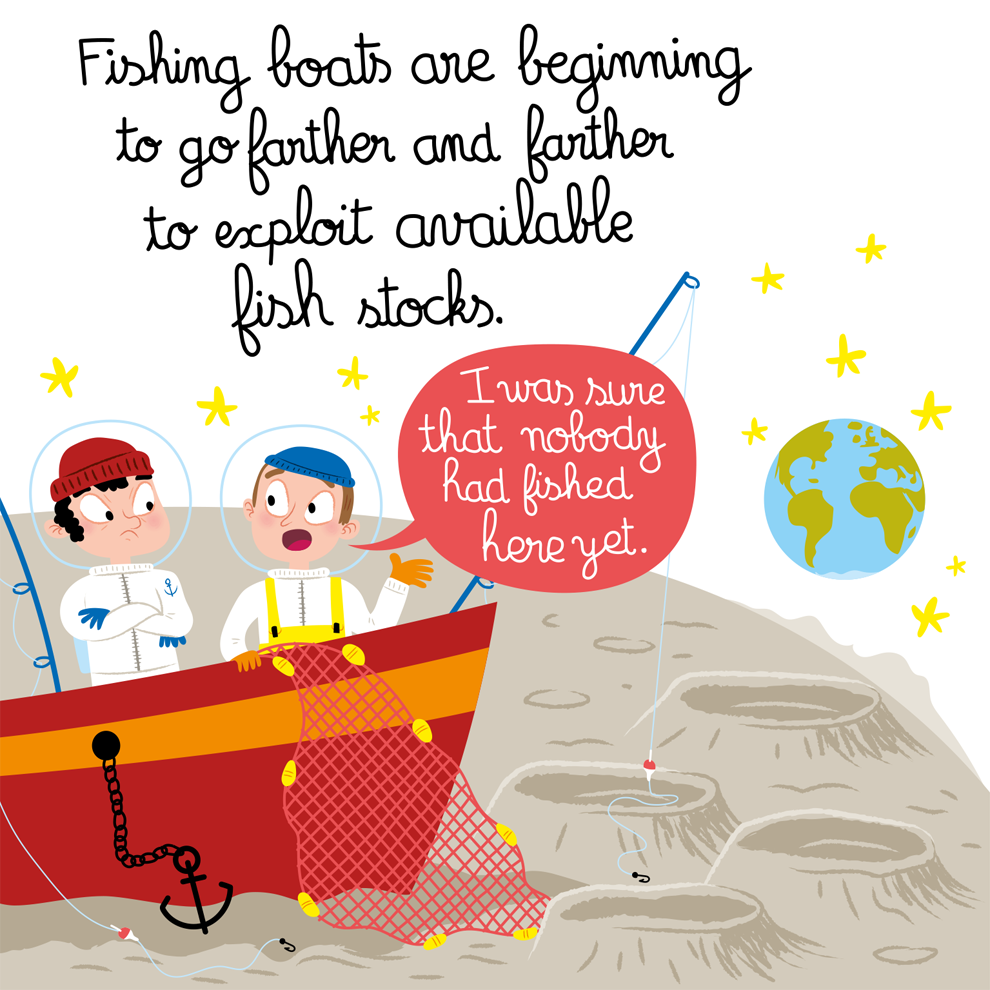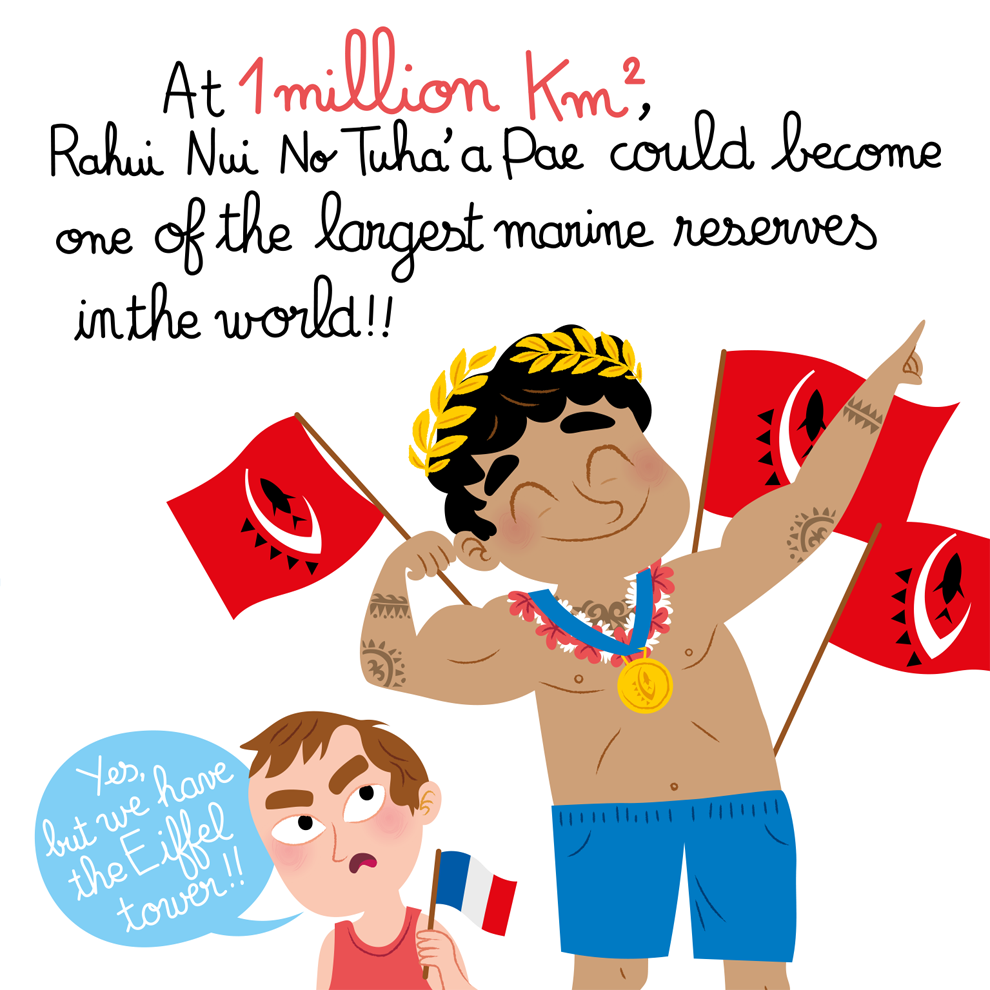Illustrated Book Makes Case for Austral Islands Marine Reserve
French artist tells story of proposed Rahui Nui nō Tuha'a Pae protected area
A short illustrated book, published in French and English, tells the story of the proposal to create a large, fully protected marine reserve in the waters surrounding French Polynesia’s Austral Islands in the South Pacific Ocean. French artist Benjamin Bécue produced the colorful and playful drawings.
With many fish stocks facing depletion around the world and particularly in the Pacific, effective measures are necessary to ensure that island communities can continue to live sustainably off the ocean. Internationally, less than 3 percent of ocean waters are protected today. Members of the International Union for Conservation of Nature recommend boosting the amount that is highly protected to at least 30 percent. A dozen Pacific countries have already joined the international movement to create large marine reserves to help reach this goal.
Today, in French Polynesia, the communities of the Austral Islands have offered to join this movement to protect our seas by calling for the creation of a large, fully protected marine reserve in the waters beyond their traditional fishing zones. The marine reserve would be named Rahui Nui nō Tuha’a Pae, a Tahitian reference to the traditional Polynesian practice of restricting access to an area or resource to conserve it.
This proposal, first made by the municipal councils of the five inhabited islands, was then refined by the people of the Australs in an extensive consultation that included elected officials, fishermen, associations, tourism stakeholders, and religious representatives. If approved by the French Polynesian government, the proposed marine reserve could become one of the largest marine protected areas in the world. It also would help spread Polynesian culture and the influence of the Austral Islands far beyond the borders of the archipelago.


America’s Overdose Crisis
Sign up for our five-email course explaining the overdose crisis in America, the state of treatment access, and ways to improve care
Sign up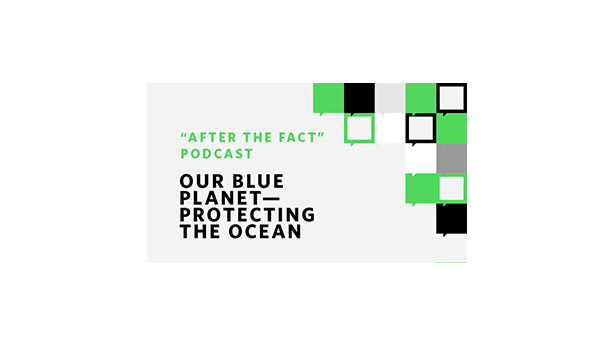
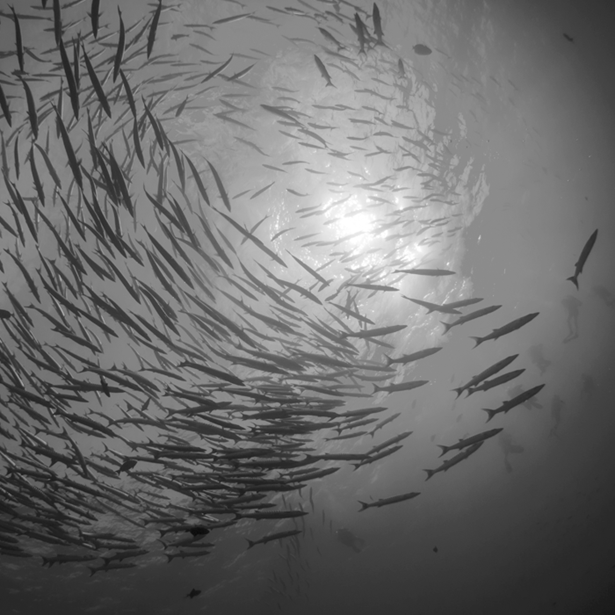
Our Blue Planet–Protecting the Ocean
Episode 6
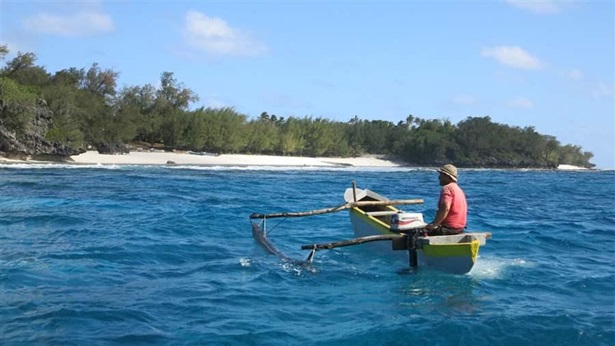
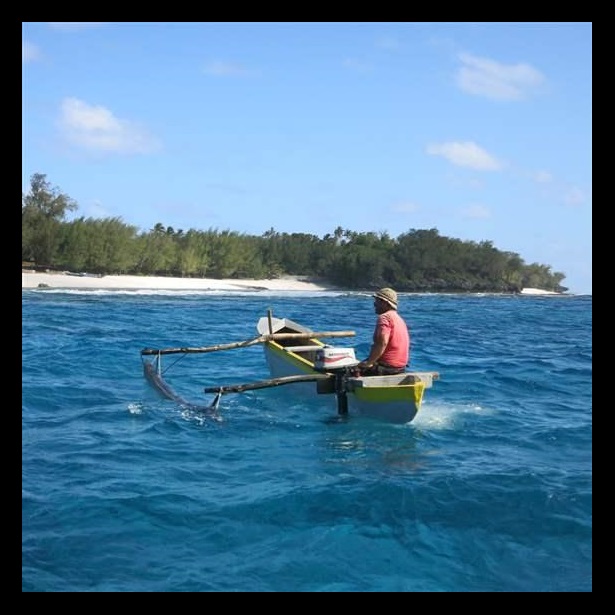
Rāhui Nui Nō Tuha’a Pae
Proposal for an Austral Islands marine reserve
